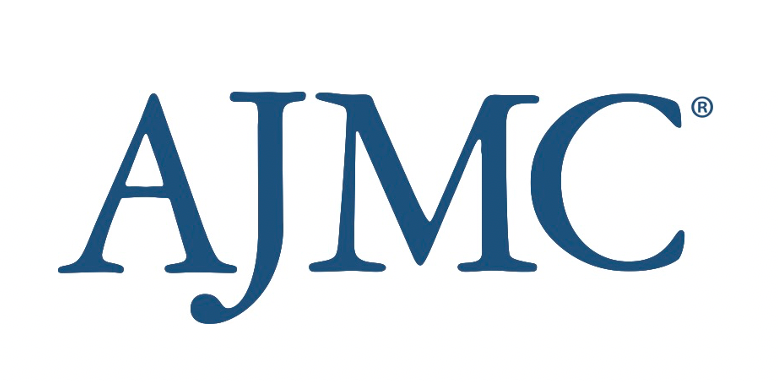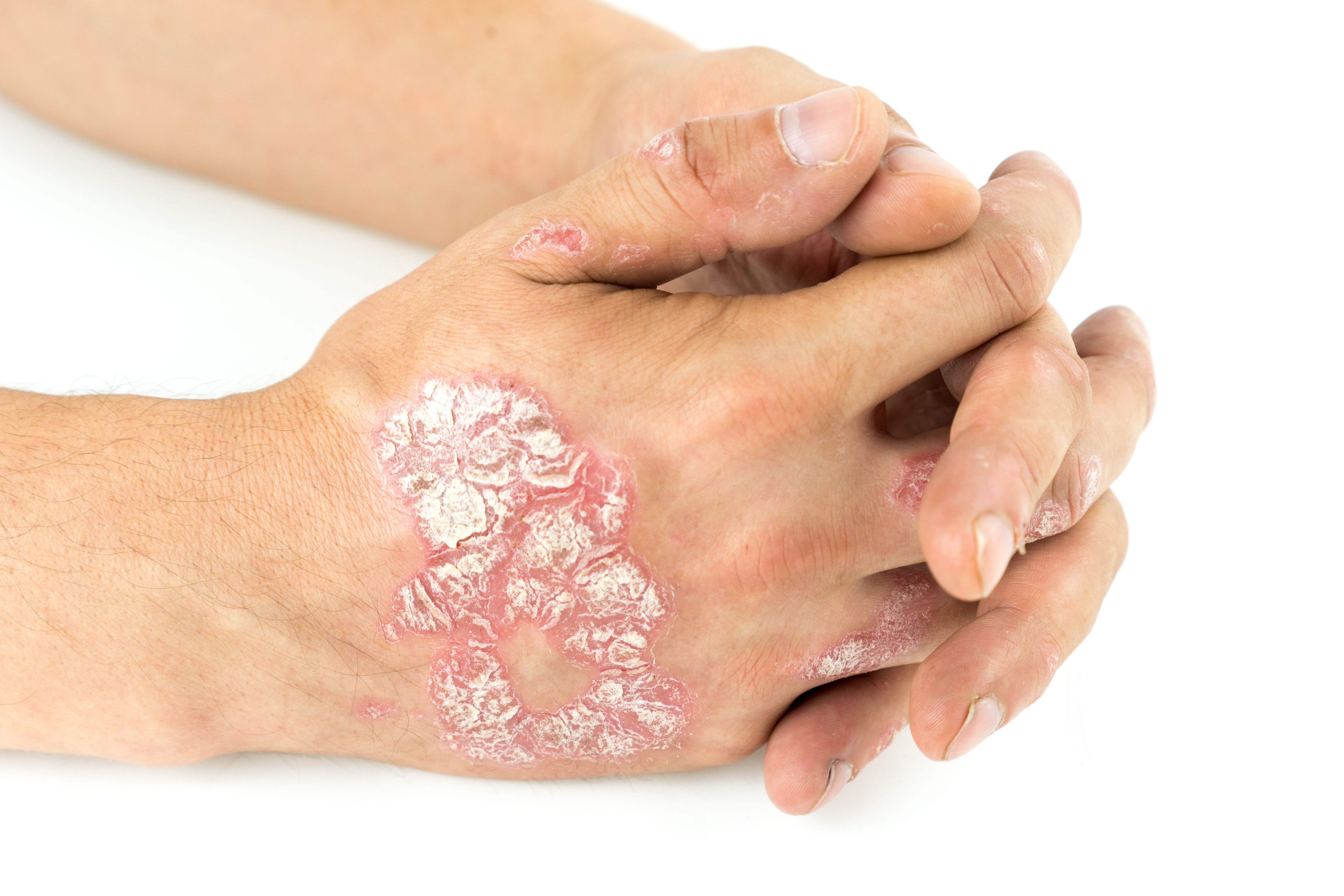News
Article
How Socioeconomic Factors Shaped Responses to USPSTF Mammography Guidelines
Author(s):
Key Takeaways
- The 2009 US Preventive Services Task Force (USPSTF) guideline change led to decreased mammography rates in women aged 40-49 and 75 and older, with non-Hispanic Black women experiencing the largest decline.
- The study used data from 2000-2018, employing a difference-in-differences design to assess the impact of the guideline change on mammography rates.
Breast cancer screening rates shifted after the 2009 US Preventive Services Task Force (USPSTF) guidelines, with disparities emerging across race, income, and lifestyle factors.
Mammography trends revealed that the 2009 US Preventive Services Task Force (USPSTF) recommendation, limiting routine breast cancer screening to women aged 50 to 74 years, led to decreased screening rates among those aged 40 to 49 years and those 75 years and older.1 The largest decline was observed among non-Hispanic Black women.
This cross-sectional study is published in JAMA Network Open.

“Since 2010, females with average breast cancer risk between the ages of 40 and 49 years and those older than 75 years have not been recommended by the USPSTF to receive a biennial mammogram,” wrote the researchers of the study. “Analyzing a large population-based and nationally representative random sample of survey respondents, we presented evidence suggesting that this policy reduced the likelihood of completing a biennial mammogram in females exposed to the policy update compared with those not exposed.”
In 2024, the USPSTF updated their guidelines, recommending that women start breast cancer screening at age 40 years and get screening mammograms every other year from ages 40 to 74 years.2 Additionally, the USPSTF acknowledged that Black women are more likely to be diagnosed in their 40s with more aggressive breast cancer.
The study utilized data from the Behavioral Risk Factor Surveillance System (BRFSS), a nationally representative, population-based survey conducted by the CDC. Analyzing data from 2000 to 2018, the researchers focused on the biennial breast and cervical cancer screening module, which inquired about mammography history among females aged 40 to 84 years.
Additionally, the study used a difference-in-differences design to assess the impact of the 2009 USPSTF guideline change, comparing mammography rates between exposed groups (ages 40 to 49 years and 75 years and older) and unexposed groups (ages 50 to 64 years and ages 65 to 74 years). Adjustments were made for demographic factors, including race, education, income, and lifestyle behaviors, and analyses were conducted separately by age group and state.
Data was analyzed from over 1.5 million females, of whom 75% reported receiving a biennial mammogram. Following the 2009 USPSTF guideline update, mammography rates declined among the affected age groups. Among women aged 40 to 49 years, the probability of undergoing a biennial mammogram decreased by 1.1% (95% CI, −1.8% to −0.3%), with the most pronounced decline observed in non-Hispanic Black women (−3.0%; 95% CI, −5.5% to −0.5%). In the 75 years and older age group, the policy change was associated with a 4.8% decline (95% CI, −6.3% to −3.5%), with significant variations across race, ethnicity, binge drinking status, and state of residence.
However, the researchers noted some limitations to the study. Because BRFSS data are self-reported, there was potential for recall bias, particularly related to health behaviors such as smoking and binge drinking. Additionally, certain populations, including uninsured individuals, sexual and gender minorities, rural residents, and Indigenous groups, were underrepresented or lacked consistent identifying variables across survey years. The absence of medical history and community-level data further limited the ability to assess broader influences on mammography trends.
Despite these limitations, the researchers believe the study suggests that the 2009 USPSTF recommendation led to differential impacts based on socioeconomic and demographic factors, potentially exacerbating disparities in breast cancer screening access.
“Within each age group exposed to the 2009 policy update, we identified differences in the mammogram trends by age, race and ethnicity, health behaviors, and state of residence,” wrote the researchers. “When the USPSTF revisits their mammography recommendations, we encourage considering risk assessments in future guidance.”
References
1. Semprini J, Saulsberry L, Olufunmilayo I, et al. Socioeconomic and geographic differences in mammography trends following the 2009 USPSTF policy update. Published online February 5, 2025. Accessed February 4, 2025. https://jamanetwork.com/journals/jamanetworkopen/fullarticle/10.1001/jamanetworkopen.2024.58141?guestAccessKey=67fc8c1d-b0ed-4eb5-9472-0c0c014160cd&utm_source=for_the_media&utm_medium=referral&utm_campaign=ftm_links&utm_content=tfl&utm_term=020525.
2. What to know about the USPSTF’s new breast cancer screening recommendations. Breast Cancer Research Foundation. Published April 30, 2024. Accessed February 4, 2025. https://www.bcrf.org/blog/uspstf-new-breast-cancer-screening-guidelines-2023/#:~:text=When%20should%20you%20start%20getting,from%20ages%2040%20to%2074.





